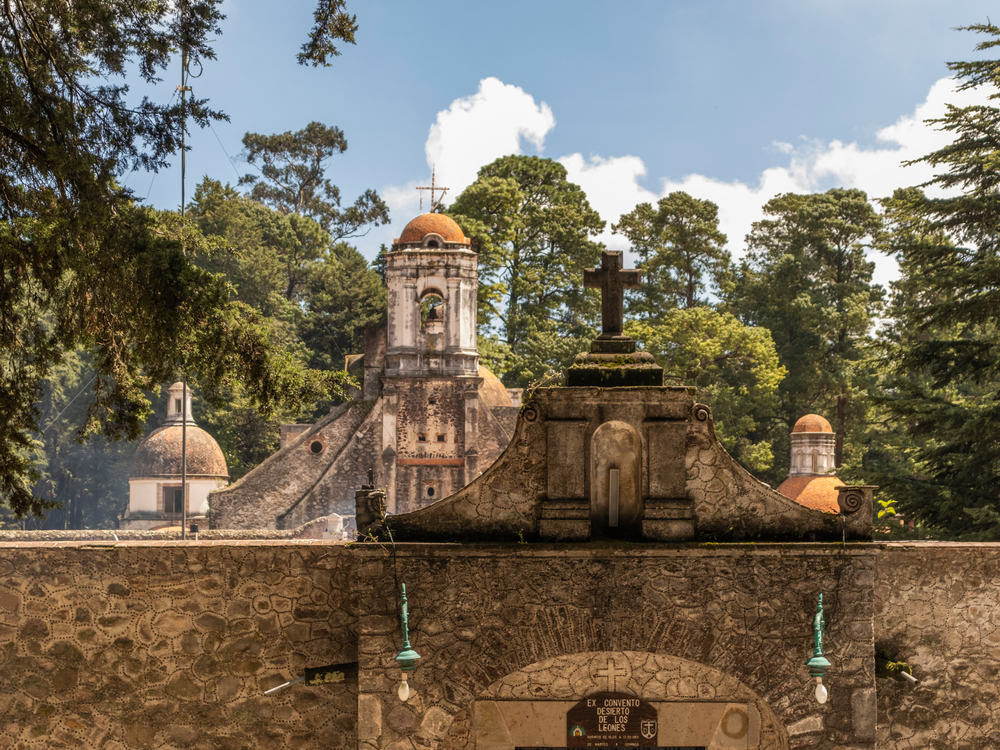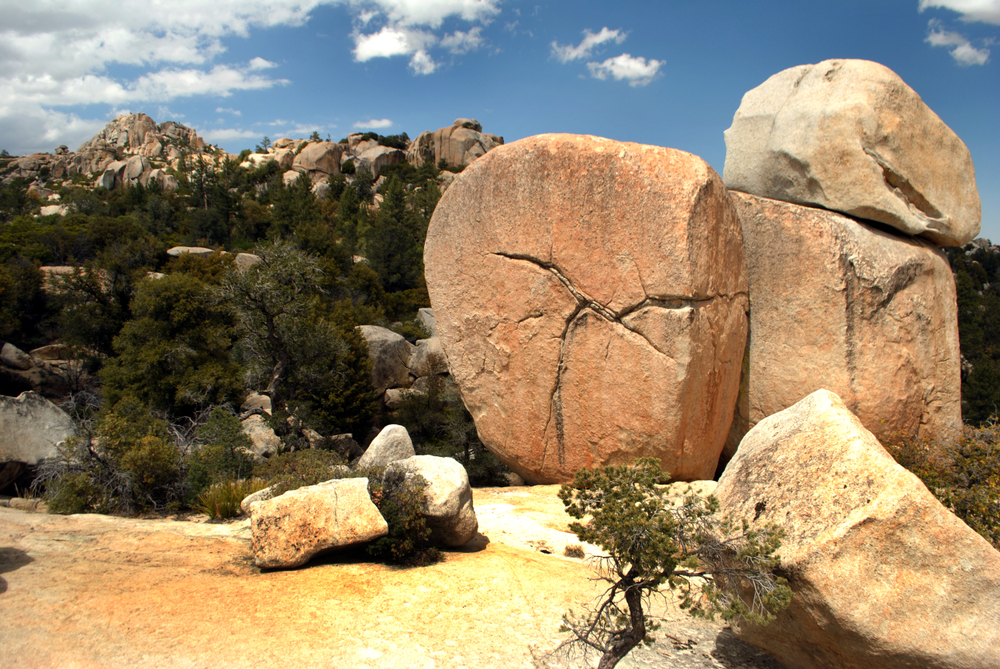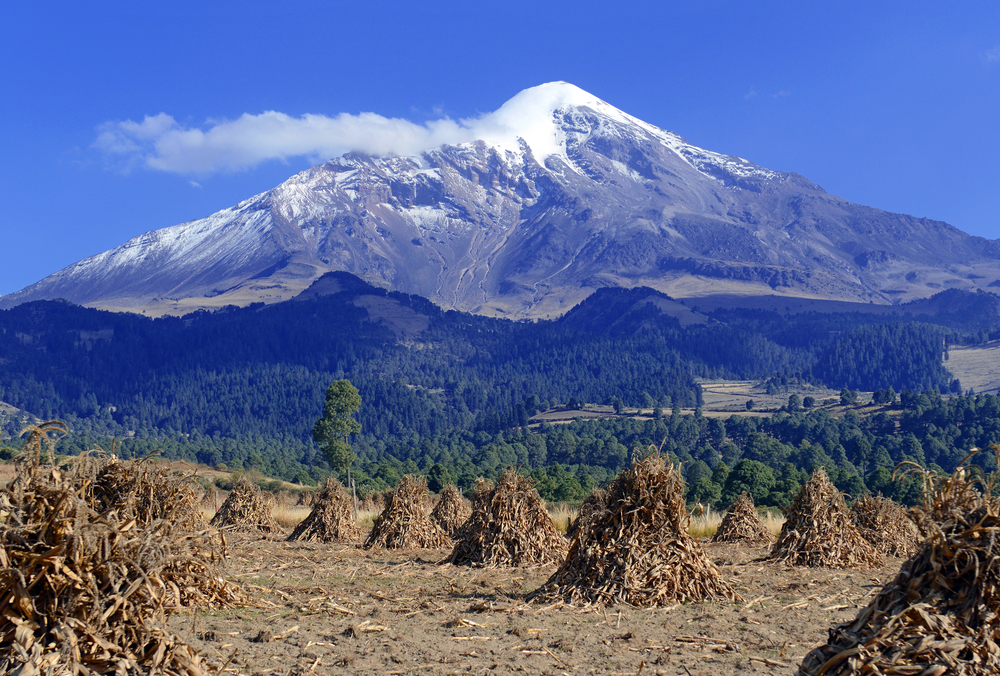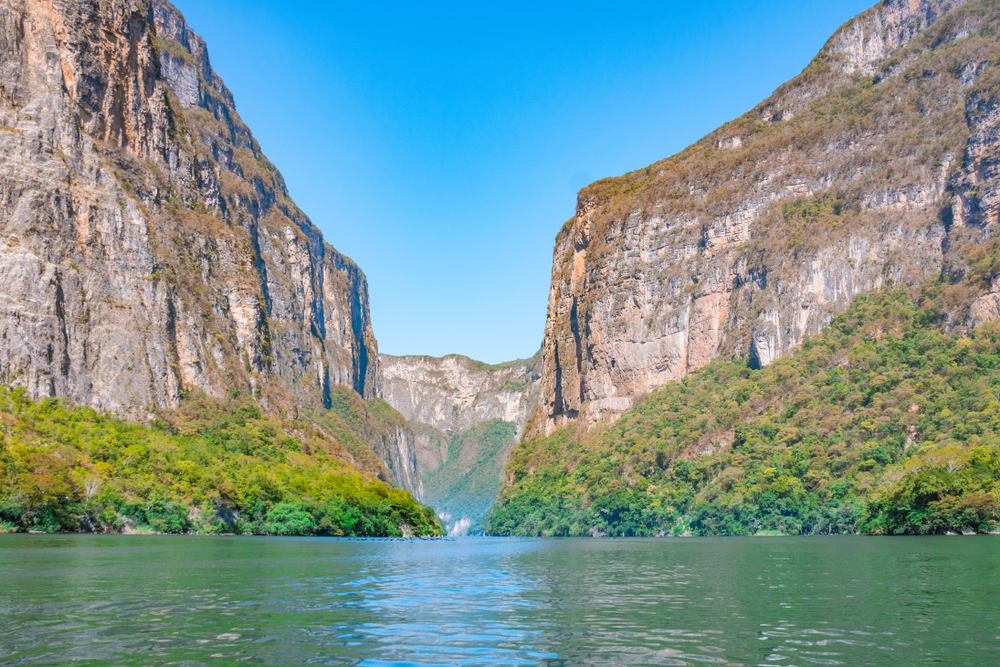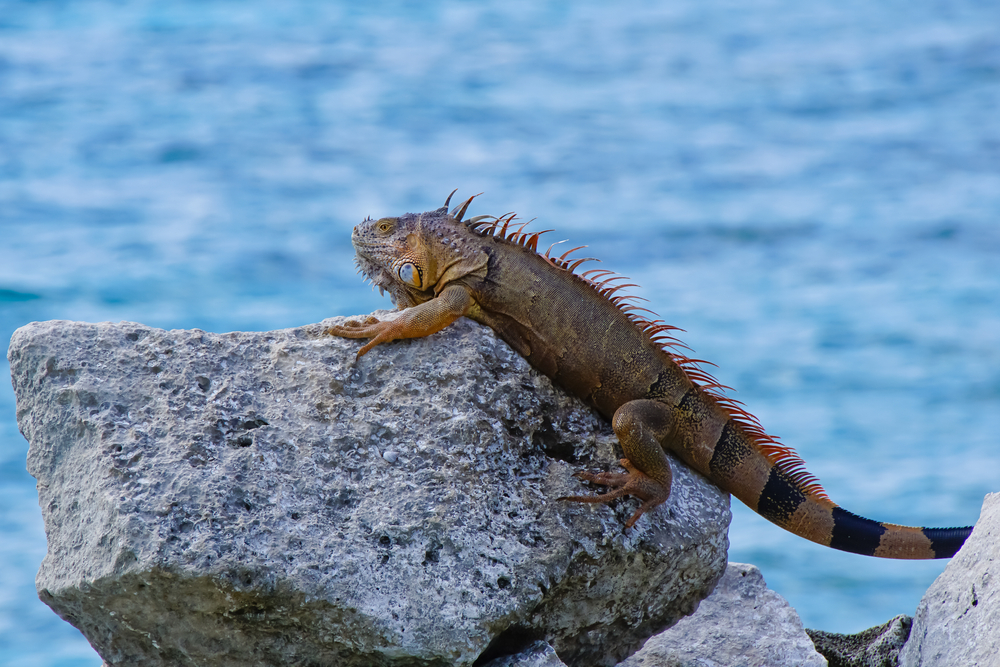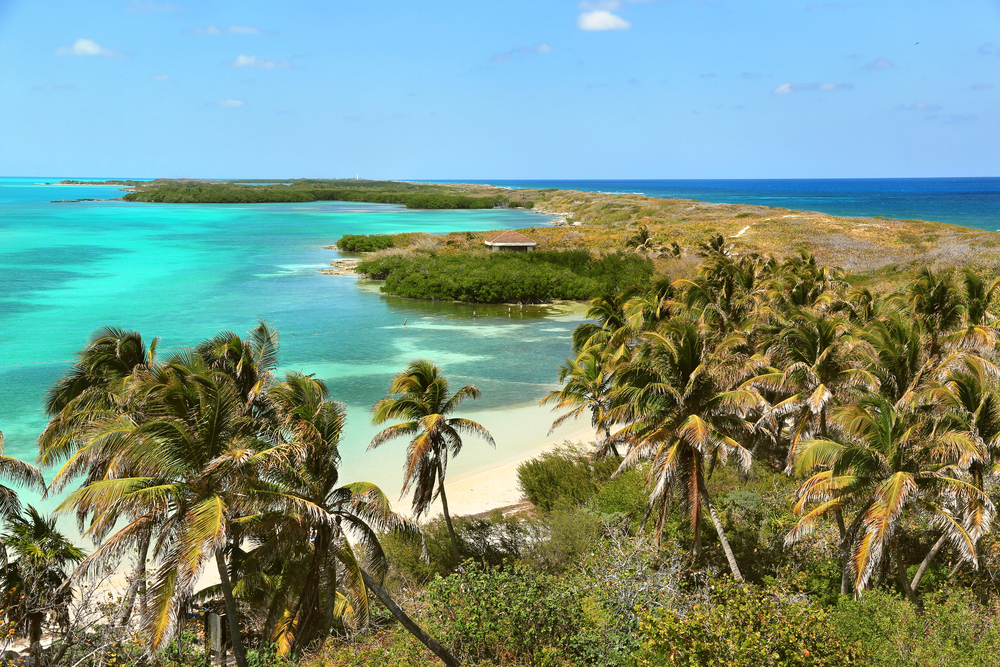Arrecifes de Xcalak Overview
Arrecifes de Xcalak National Park, known locally as Parque Nacional Arrecifes de Xcalak, is a protected marine and coastal area located in the southernmost part of Mexico’s Quintana Roo state, near the border with Belize.
The park spans approximately 68 square miles (176 square kilometers) and forms part of the greater Mesoamerican Barrier Reef System, the second-largest coral reef system in the world. The park is adjacent to the small fishing village of Xcalak, one of the last unspoiled coastal communities in the region, making it a prime location for ecotourism and marine conservation.
The park’s landscape is primarily composed of coral reefs, seagrass beds, and mangrove forests, providing a diverse and dynamic ecosystem. The shallow lagoons and deeper oceanic waters create a striking contrast in colors, from the crystal-clear turquoise shallows to the deep blue of the Caribbean Sea.
Offshore, the reef structure features large coral heads, tunnels, and crevices that serve as habitats for a vast array of marine life. The coastline is lined with dense mangrove forests that not only provide shelter for juvenile fish but also act as a natural buffer against coastal erosion. The seagrass beds are essential feeding grounds for marine species, contributing to the park’s overall biodiversity.
Arrecifes de Xcalak National Park is home to a rich variety of marine wildlife. The coral reef hosts an abundance of fish species, including parrotfish, angelfish, and snappers. Larger marine creatures such as nurse sharks, barracudas, and sea turtles are commonly spotted within the park’s waters.
The endangered West Indian manatee finds refuge in the park’s protected waters, where seagrass beds provide ample feeding grounds. Bird enthusiasts can observe a variety of coastal and migratory birds, such as herons, egrets, frigatebirds, and ospreys. The mangroves also support a wide range of invertebrates and small fish, which play a crucial role in the park’s ecosystem.
Visitors are drawn to Arrecifes de Xcalak National Park for its world-class snorkeling and scuba diving opportunities. The park’s reefs are teeming with marine life, offering an unparalleled underwater experience. Divers can explore the renowned Banco Chinchorro, a nearby atoll reef system famous for its shipwrecks and vibrant biodiversity.
Kayaking and paddleboarding through the mangrove channels allow visitors to appreciate the park’s rich coastal ecosystem while enjoying a peaceful and immersive experience. Sportfishing is also a popular activity, with the area known for its catch-and-release permit and bonefish fishing, attracting anglers from around the world.
The park is a model for marine conservation, with strict regulations to protect its fragile ecosystems. Efforts to combat illegal fishing and unsustainable tourism have helped preserve the area’s biodiversity. Conservation successes include the protection of manatee populations and the maintenance of healthy coral reefs despite the global threat of coral bleaching.
Challenges remain, particularly in addressing climate change, coral health, and maintaining sustainable tourism practices. Local communities and conservation groups work together to balance economic opportunities with environmental preservation, ensuring that Arrecifes de Xcalak National Park remains a pristine marine sanctuary for future generations.











































































